7 Spicy Secrets of Korean Chilli Powder: Your Ultimate Guide to Heat, Flavor & More!
Table of Contents
- What is Korean Chilli Powder?
- Understanding the Heat: Scoville Scale & Varieties
- Top 5 Uses for Korean Chilli Powder in Everyday Cooking
- Buying Guide: How to Choose the Best Korean Chilli Powder
- Storage Tips: Keep That Fire Fresh
- Korean vs. Other Chilli Powders: A Fiery Face-Off
- Frequently Asked Questions (FAQ)
- Conclusion: Spice Up Your Kitchen with Korean Chilli Power!
What is Korean Chilli Powder?
Korean chilli powder, or Gochugaru, isn’t your average spice rack staple. This vibrant red powder comes from sun-dried Korean red peppers and is a foundational ingredient in Korean cuisine — especially when it comes to making that iconic fermented firepot, kimchi.
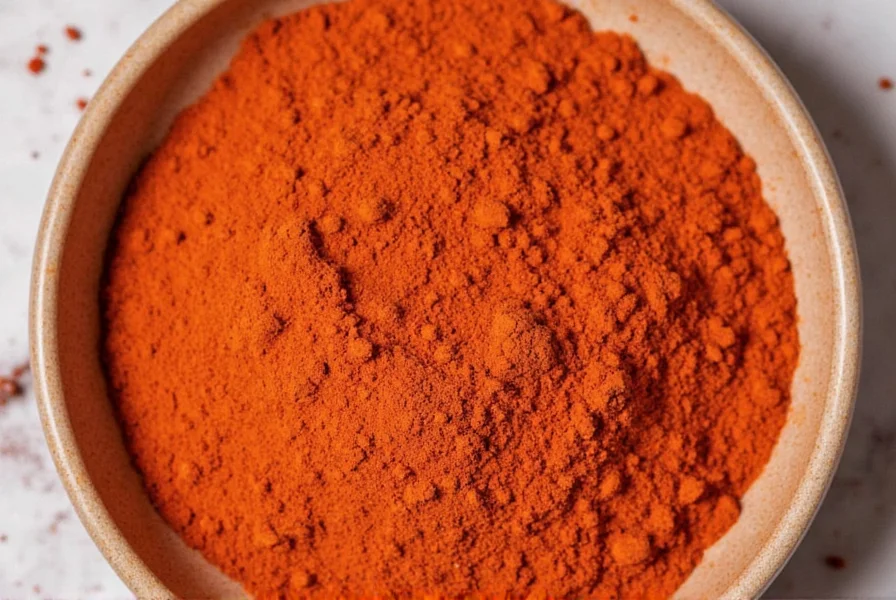
Unlike many other chilli powders you might find at the grocery store, Gochugaru has a unique flavor profile: fruity, slightly sweet, earthy, and with just the right level of heat. It’s not overwhelmingly spicy like cayenne, nor is it smoky like paprika. Instead, it brings a balanced warmth that enhances both flavor and heat without overpowering your taste buds.
Understanding the Heat: Scoville Scale & Varieties
If you're curious about how hot Korean chilli powder really is, we need to talk numbers — specifically, Scoville Heat Units (SHU). This scale measures how much capsaicin is present in a pepper or its derived powder.
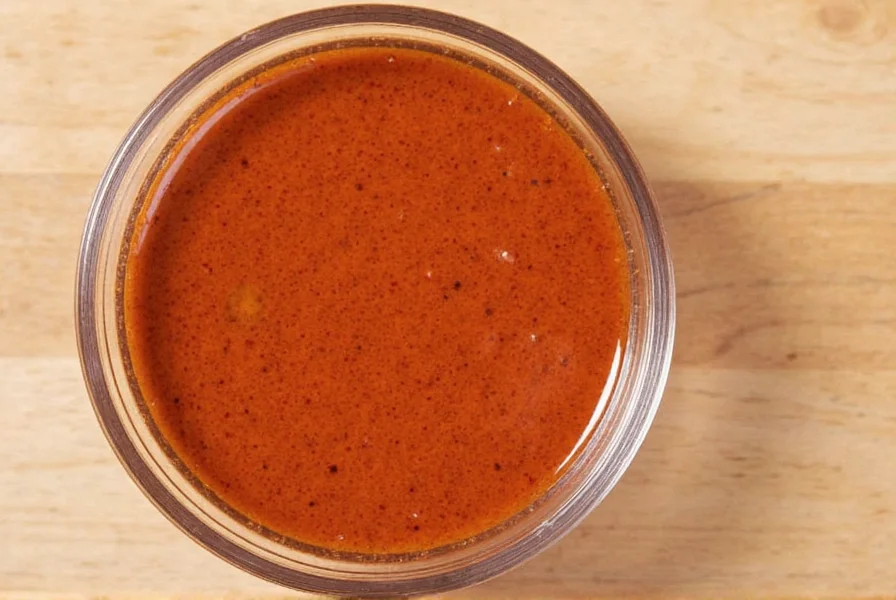
Here's a quick comparison:
| Chilli Type | Scoville Heat Units (SHU) |
|---|---|
| Korean Chilli Powder | ~2,500 – 8,000 SHU |
| Cayenne Pepper | 30,000 – 50,000 SHU |
| Jalapeño Pepper | 2,500 – 8,000 SHU |
| Paprika | ~500 – 1,000 SHU |
| Ghost Pepper | Over 1,000,000 SHU |
As you can see, Korean chilli powder sits comfortably between jalapeños and cayenne — perfect for adding heat without melting your face off. The spiciness can vary depending on whether it’s made from fully matured or semi-matured peppers, as well as how finely it’s ground.
Top 5 Uses for Korean Chilli Powder in Everyday Cooking
You don’t have to be a master of Korean cooking to appreciate Gochugaru’s versatility. Here are five easy ways to incorporate this fiery powder into your everyday meals:
- Rice Bowls: Sprinkle over rice dishes like bibimbap for an instant flavor boost.
- Marinades: Mix into marinades for grilled meats like bulgogi or dakgalbi.
- Stir-Fries: Add depth and heat to vegetable or tofu stir-fries.
- Spiced Nuts: Toss roasted nuts with a dash of Gochugaru for a spicy snack.
- Soups & Stews: Enhance broths or slow-cooked stews with a spoonful of Korean chilli power.
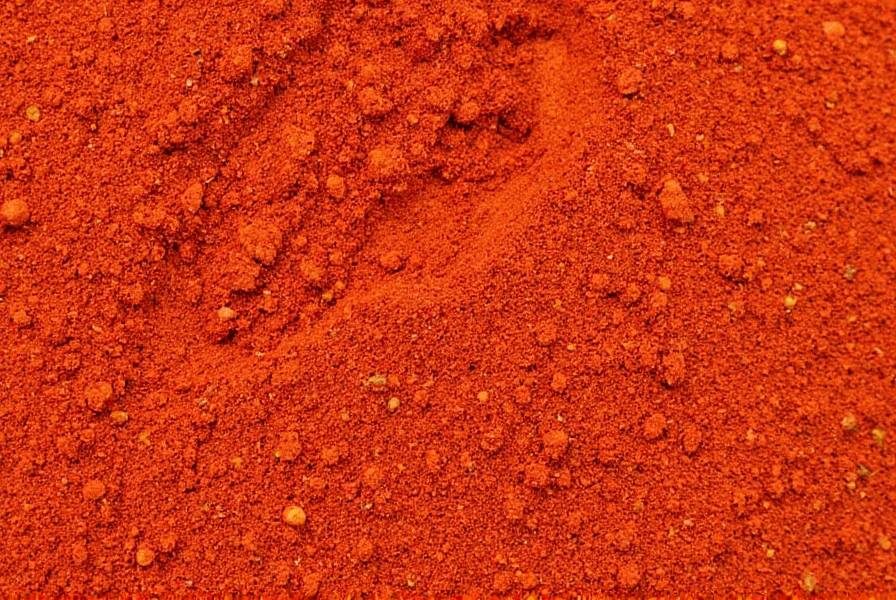
Buying Guide: How to Choose the Best Korean Chilli Powder
Not all Korean chilli powders are created equal. Whether you’re shopping online or hitting up your local Asian market, here’s what to look for:
Check the Label
Look for pure Gochugaru with no fillers like cornstarch or artificial coloring. Authentic Korean chilli powder should only list “red pepper powder” or “gochu garu” in the ingredients.
Fine vs. Coarse Grind
- Fine grind: Ideal for soups, sauces, and marinades where smooth texture matters.
- Coarse grind: Perfect for kimchi or dry rubs where texture and visual appeal count.
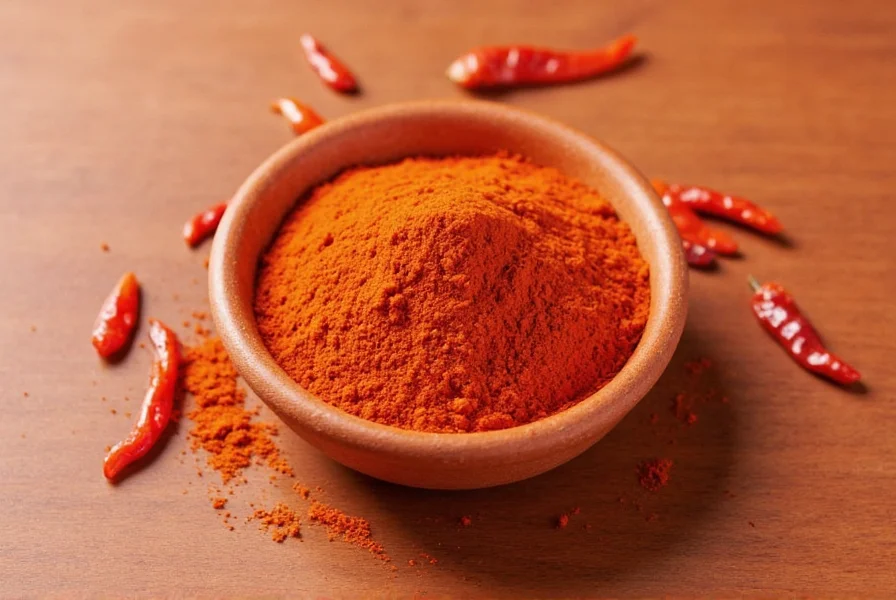
Brand Recommendations
| Brand | Grind Type | Flavor Profile | Best For |
|---|---|---|---|
| Sajo Gochugaru | Medium-coarse | Balanced heat with a hint of sweetness | Kimchi, stews |
| Hansik Gochu | Fine | Mild with rich aroma | Marinades, sauces |
| Daesang Premium | Coarse | Strong heat, bold flavor | Dry rubs, hearty dishes |
Storage Tips: Keep That Fire Fresh
Korean chilli powder may not go bad quickly, but it does lose potency over time. To keep your Gochugaru fresh and flavorful, follow these simple storage tips:
- Store in an airtight container away from sunlight.
- Keep it in a cool, dry place — like your pantry or spice drawer.
- For longer shelf life (6+ months), consider refrigerating or freezing the powder.
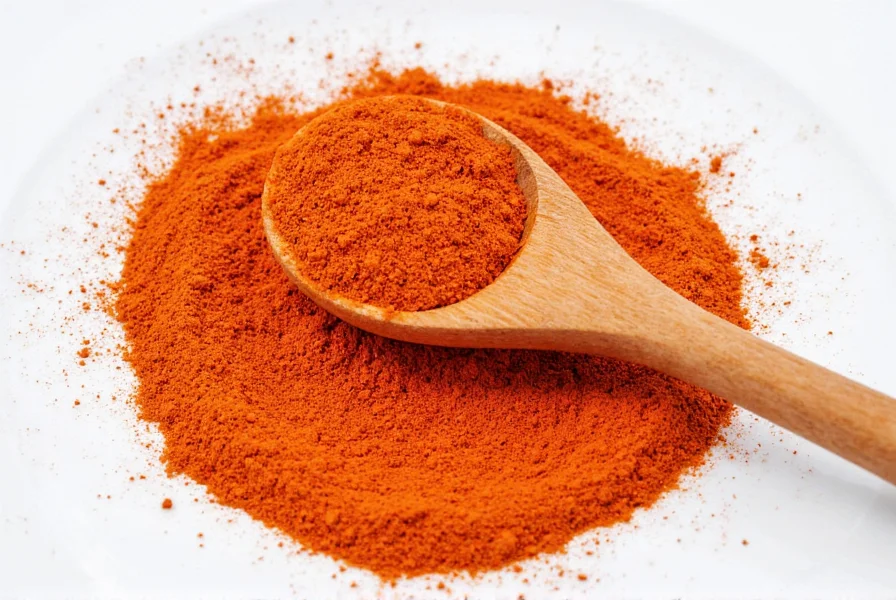
Pro Tip: Don’t mix old and new batches — always use the oldest one first to ensure consistent heat and flavor.
Korean vs. Other Chilli Powders: A Fiery Face-Off
Let’s get real — not all red powders in your spice rack are the same. Here’s how Korean chilli powder stacks up against other popular varieties:
| Chilli Powder Type | Heat Level | Flavor Notes | Best Use |
|---|---|---|---|
| Korean (Gochugaru) | Moderate | Fruity, sweet, earthy | Korean dishes, stews, kimchi |
| Cayenne | High | Sharp, intense burn | Cajun dishes, hot sauces |
| Paprika | Low to none | Smoky, mild, sweet | Garnishing, goulash, paprikash |
| Ancho Chili Powder | Mild to moderate | Chocolatey, raisin-like | Mole sauces, enchiladas |
| Chipotle Powder | Moderate to high | Smoky, earthy, spicy | BBQ rubs, tacos |
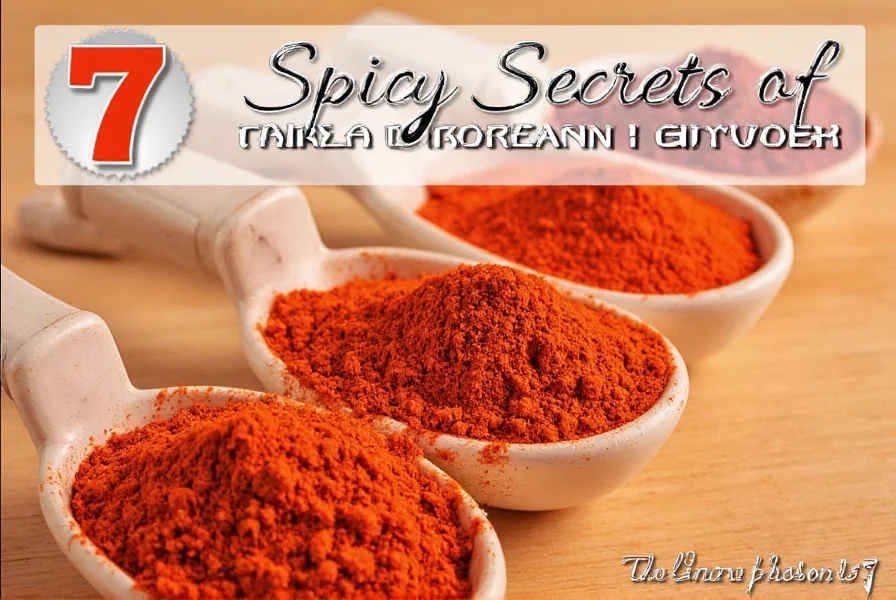
So if you’re craving a deep, aromatic heat with subtle sweetness, Gochugaru is your best bet. But if you want raw intensity, reach for cayenne. Each has its place — and knowing which to use makes all the difference.
Frequently Asked Questions (FAQ)
Can I substitute regular chilli powder for Korean chilli powder?
Technically yes, but you’ll miss out on Gochugaru’s distinct flavor. If you must substitute, mix cayenne with a touch of smoked paprika and a bit of sugar to mimic the balance.
Is Korean chilli powder gluten-free?
In its pure form, yes. However, some brands add starches or anti-caking agents, so check the label if you’re gluten-sensitive.
How long does Korean chilli powder last?
Stored properly, it stays potent for up to 1 year. After that, it won’t spoil, but the flavor will fade.
Conclusion: Spice Up Your Kitchen with Korean Chilli Power!
Korean chilli powder is more than just a seasoning — it’s a gateway to bold flavors, vibrant colors, and culinary authenticity. Whether you're diving into homemade kimchi or jazzing up a weeknight stir-fry, Gochugaru deserves a spot in your kitchen.
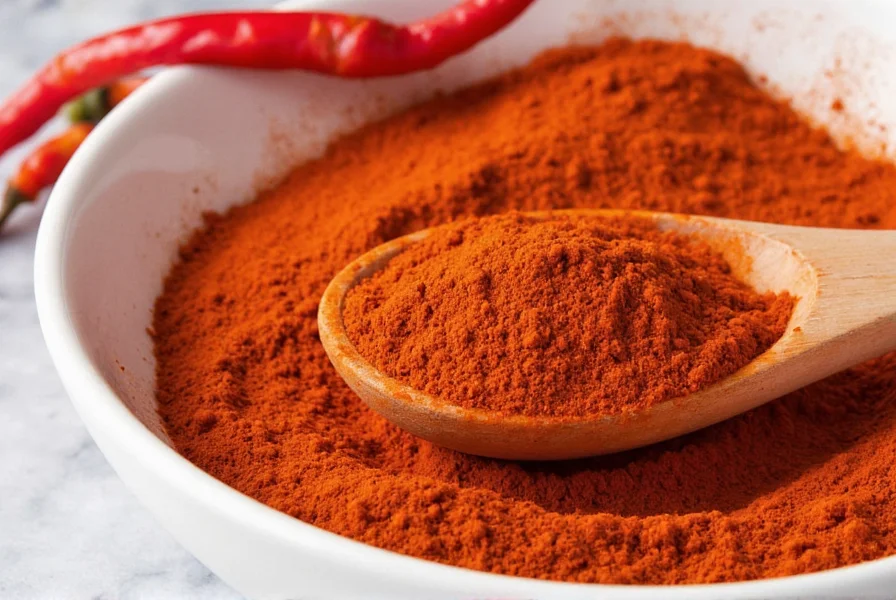
Now that you know how to choose, store, and use it like a pro, there’s nothing holding you back from embracing the heat. Ready to turn up the flame? Grab a jar and let your taste buds dance!

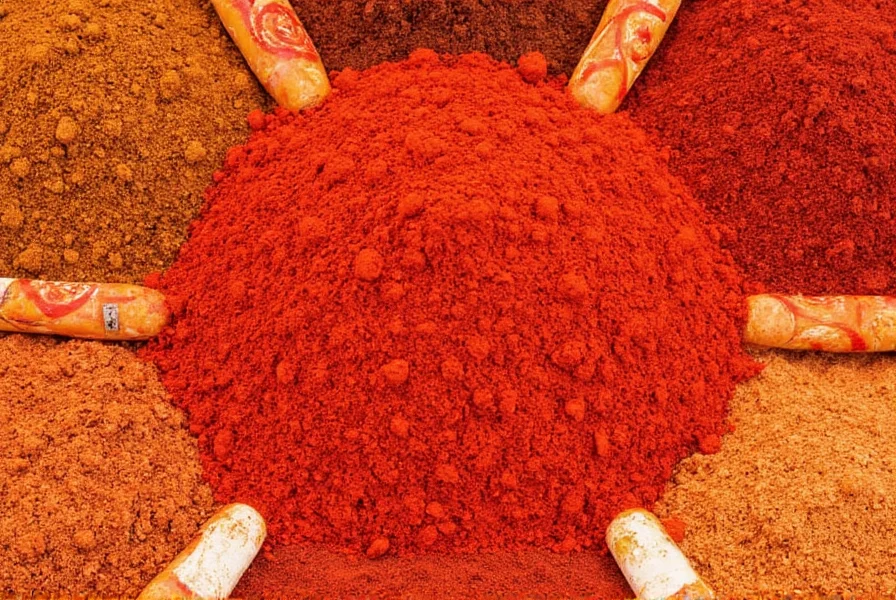









 浙公网安备
33010002000092号
浙公网安备
33010002000092号 浙B2-20120091-4
浙B2-20120091-4